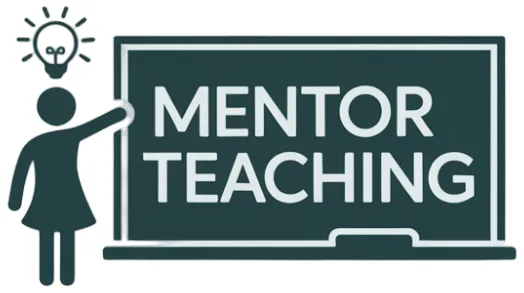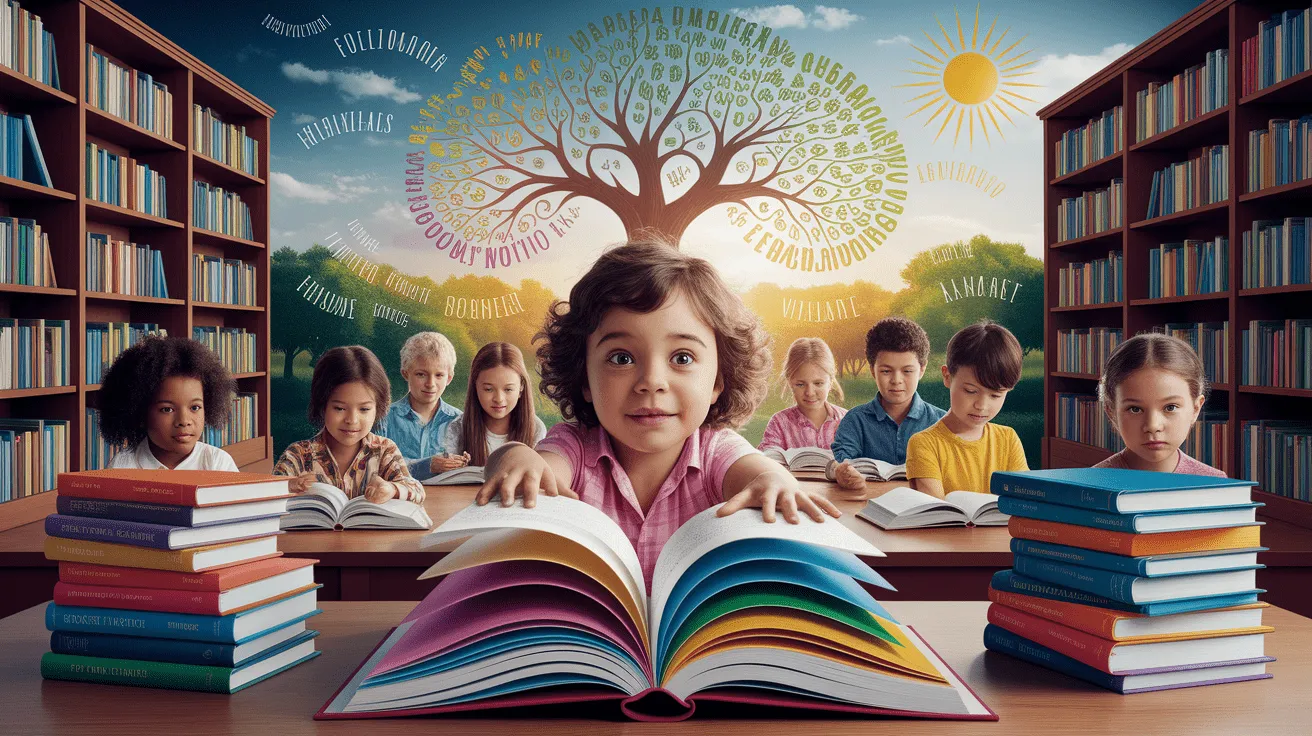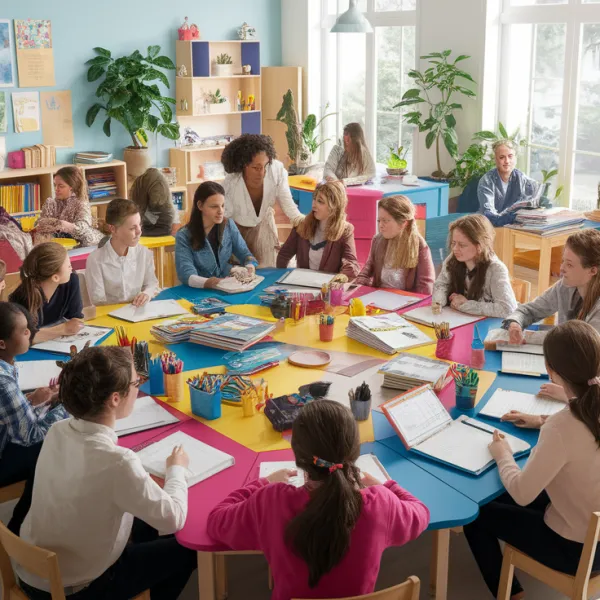Gaping No More: Introduction to Word Gaps
Imagine two kids starting kindergarten together. One seems to have a treasure chest full of words, while the other is still collecting pebbles to fill theirs. That treasure chest—or lack thereof—is what educators call the word gap. It’s the gap in the number of words children hear and learn during their early years, often linked to differences in socioeconomic status. Decades ago, a landmark study revealed that by age four, children from higher-income families might have heard up to 30 million more words than peers from low-income households—wow, that’s a lot of story time missed! This difference in exposure shapes vocabulary development, language acquisition, and even school readiness in ways we can’t ignore.

Why Word Gaps Occur
So, why does one child’s “word bank” look so much richer than another’s? Well, one major factor is socioeconomic conditions. Families with more resources often have more time, energy, and access to engage in frequent conversation and reading. Meanwhile, families under greater financial or time pressures might have fewer opportunities for extended back-and-forth talk, which impacts both word knowledge and language development.

Other influences? Cultural differences in communication styles, levels of caregiver interaction, and even the way language is socialized at home. Researchers have also found that traditional counts of words sometimes miss the contributions of other caregivers, siblings, and ambient language—a point addressed by critiques in the methodological debates about the concept. So, it’s not just about “more words” versus “fewer words”—context matters!
The Impact of Word Gaps
Here’s where things get real. Word gaps aren’t just about charming dinner table chat—they can snowball into bigger challenges. Children exposed to fewer words in early life often enter school with smaller vocabularies, affecting skills such as reading comprehension, phonemic awareness, and word recognition. Without robust vocabulary instruction, these early gaps can persist, limiting literacy skills and academic vocabulary growth.

This has long-term effects: lower reading fluency and comprehension skills can ripple into reduced academic achievement, fewer economic opportunities, and weaker communication in adulthood. From decoding skills to morphological awareness, every aspect of literacy development is touched. In short, those early “missing words” can become missing opportunities unless we step in early.
Bridging the Divide
Now for the fun part: how do we close these gaps? The magic lies in intentional, engaging, and sustained early language interactions. Teachers can use vocabulary assessment tools to identify specific lexical gaps and tailor systematic vocabulary instruction. Parents can weave in rich talk at home—turning everyday routines into word-rich adventures.

Evidence-based practices highlight strategies such as:
- Frequent shared reading with emphasis on sight words and high-frequency words.
- Interactive storytelling to build content vocabulary and word consciousness.
- Phonics instruction paired with contextual clues for better word retrieval.
- Word mapping activities to support semantic knowledge and orthographic processing.
On a community level, initiatives like the Bridging the Word Gap Challenge encourage parental engagement and provide practical tools that turn bus rides, grocery trips, and bedtime into learning labs. And for tech fans? There are now technology tools for vocabulary gap remediation—apps and games designed for targeted vocabulary enrichment. These solutions make early intervention approachable, playful, and powerful.
Sealing the Gap: Conclusion
Word gaps are real, but they’re not destiny. With the right mix of awareness, creativity, and research-backed strategies, we can help every child build a robust vocabulary foundation. Whether it’s through classroom literacy interventions, parent-led storytelling, or community-supported reading programs, bridging vocabulary gaps is about giving all children the keys to language—and by extension, to lifelong learning. Remember, each word shared today is an investment in tomorrow’s thinkers, creators, and communicators. Let’s start talking!




